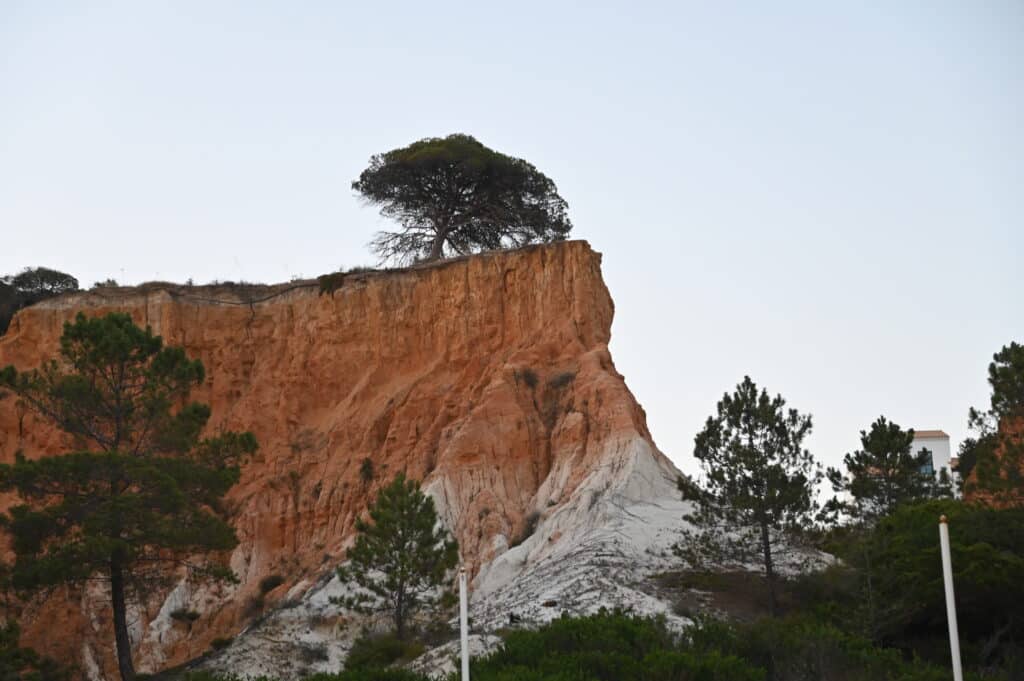The next location in Around the World in 50 Experiments is Portugal. Portugal is located in Southwestern Europe and has a long, beautiful Atlantic coastline, captivating history and diverse landscapes. The volcanic Azores and Madeira islands also belong to Portugal.

The Serra da Estrela mountain range dominates the north, while the central region contains forests, farmland, and charming villages. The Algarve area is home to world-class sandy beaches, breathtaking cliffs, and clear blue water.

Most people live along the coast and in areas around Lisbon and Porto.
Language – Portuguese
Population – 10 million ( 2024 )
Capital City – Lisbon

Nature
Common animals found in Portugal are boars, wild goats, otters, flamingos, Iberian Hares, and the Iberian Lynx, which is one of the world’s most endangered species.

Cork
Portugal produces most of the world’s cork! Cork is harvested from the bark of cork oak trees and is used for products such as wine bottle corks, shoe soles, insulation and flooring.
Shops in Portugal also sell a variety of cork handbags, purses, wallets, and other products you wouldn’t think could be made from cork!

Cork trees have thick bark, which insulates the tree and protects it from drought and fire. They can live for hundreds of years, so if the cork is harvested sustainably, it can supply a cork for a long time. Cork trees can be harvested every nine years.
Cork is stripped by hand from trees and then left to dry for several months before being made into a product.

Cork trees also sequester carbon, making them a fantastic way to help fight climate change.
Cork STEM Challenge
Cork has small air pockets trapped inside, making it lightweight and low density. This simple STEM challenge demonstrates these properties of cork.
Cork floats on water because it has a lower density than water.
You’ll need
A cork
Small glass or jar
Water
Instructions
Fill the glass or jar almost to the top with water.
Place the cork on the water. It should float.
Move the cork to the middle of the water on the surface and try to get it to stay there. It will probably start to move towards the edge.
Carefully add more water to the glass until it’s almost overflowing.
The cork should move to the centre of the glass and stay there.

Why does this happen?
When the glass is as full as it can be, the surface tension of the water moves above the rim of the glass or jar. You should be able to see that the surface is slightly rounded. The cork moves to the highest point of the water ( the centre ) and stays in position.
The Iberian Lynx
The Iberian Lynx is an endangered species. They are largely restricted to mountainous areas along the Iberian Peninsula.
Iberian lynxes are solitary, nocturnal animals that are most active around sunset. They are carnivores that eat mostly small mammals such as rabbits and birds.
Threats to the Iberian Lynx
- The biggest threat to the Iberian Lynx is the destruction of its habitat. Cars and traps set for rabbits often kill them.
- Decreasing rabbit populations.
Facts about the Iberian Lynx
They bury unfinished prey to finish eating later.
An adult lynx will eat one rabbit per day. A female providing for cubs can eat three per day.
The Iberian Lynx has excellent vision, vertical pupils, fast reflexes, and good hearing.
The long hair on their feet helps them move quietly over snow.
Create a food chain for the Iberian Lynx
Print the food chain below, cut out the images and put them together in a chain.

Where will you head next in our journey Around the World in 50 Experiments?
Don’t forget to print off the FREE passport and create a compass before heading on!

Last Updated on October 10, 2024 by Emma Vanstone


